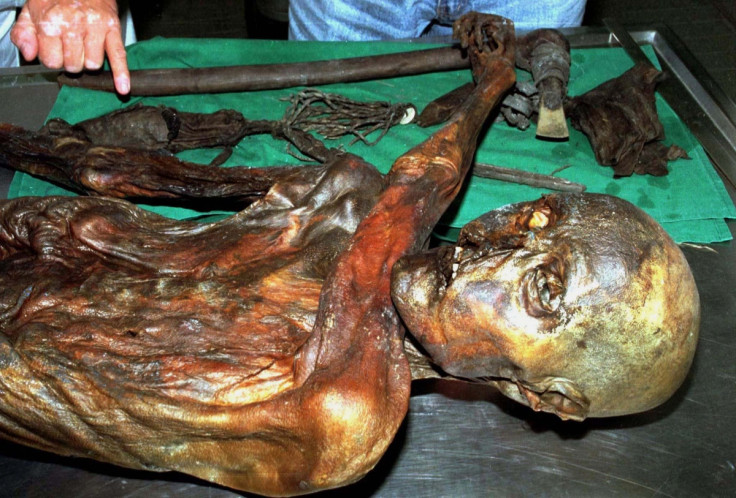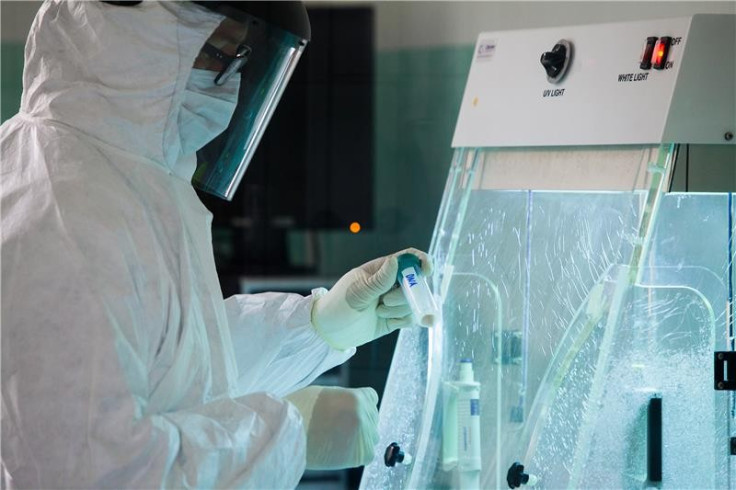Otzi the Iceman: Non-Human DNA Found in Hip Bone of 5,300-Year-Old Mummy

Much of what is known about Otzi the Iceman, who lived thousands of years ago, stems from a tiny bone sample preserved in a glacier in the Otztal Alps, which allowed researchers to decode his genetic makeup.
Now, scientists have further analysed the hip bone and discovered it contains non-human DNA.
Researchers from the European Academy of Bozen/Bolzano (EURAC) and the University of Vienna have found evidence for the presence of Treponema denticola, an opportunistic pathogen involved in the development of periodontal disease.
The findings could support a CT-based diagnosis made last year which indicated that the iceman suffered from periodontitis.
"What is new is that we did not carry out a directed DNA analysis but rather investigated the whole spectrum of DNA to better understand which organisms are in this sample and what is their potential function," said researcher Frank Maixner, as quoted by Science Daily.

"This 'non-human' DNA mostly derives from bacteria normally living on and within our body," added Thomas Rattei, a professor of bioinformatics at the University of Vienna.
"Only the interplay between certain bacteria or an imbalance within this bacterial community might cause certain diseases," he explained.
"Therefore it is highly important to reconstruct and understand the bacterial community composition by analysing this DNA mixture."
Unexpectedly, the researchers detected a sizable presence of the bacteria in the tiny bone sample, which provided information that the pathogen seems to have been distributed via the bloodstream from the mouth to the hip bone.
Furthermore, the investigations indicate that these members of the human commensal oral microflora were old bacteria which did not colonise the body after death.
The EURAC team also detected Clostridia-like bacteria in Otzi's bone sample which are at present most presumably in a kind of dormant state. Under hermetically sealed, anaerobic conditions, however, these bacteria can re-grow and degrade tissue.
This discovery may well play a significant part in the future conservation of the world-famous mummy.
"This finding indicates that altered conditions for preserving the glacier mummy, for example when changing to a nitrogen-based atmosphere commonly used for objects of cultural value, will require additional micro-biological monitoring," the researchers said in a statement, as reported by Science 2.0.
The research has been published in the online scientific journal PLOS ONE.
© Copyright IBTimes 2025. All rights reserved.






















